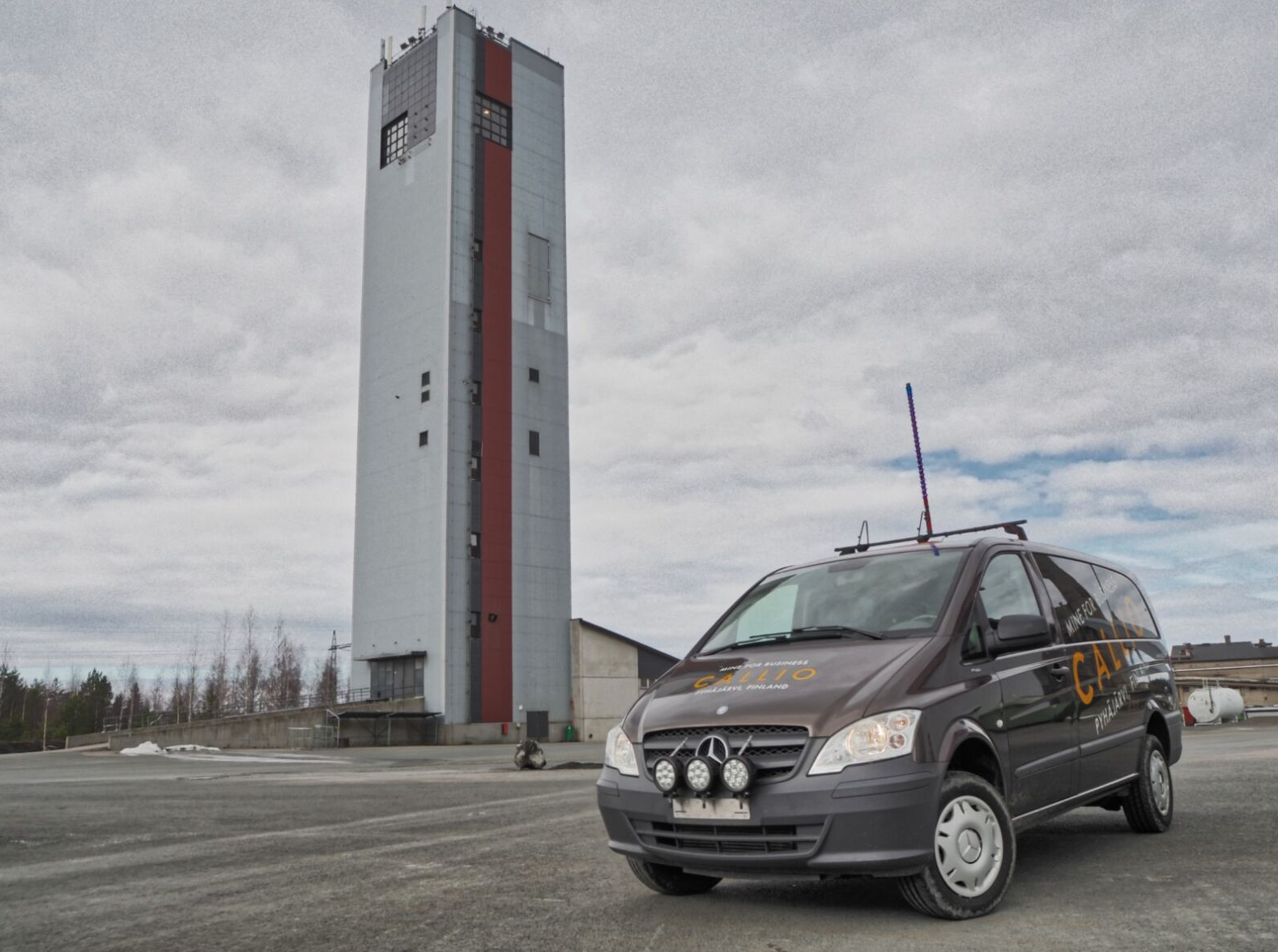Innovation in drivetrain technology is important to help increase mining efficiency and productivity. While the mechanical concept has been tuned to excellence over many years, Flender says it is helping pioneer symbiosis of mechanics and digitalisation to open a long awaited next chapter in mechanical drive solutions. It says digitalisation promises a significant reduction in total cost of ownership (TCO) and saves lifecycle costs. It reduces the consumption of valuable energy resources and promotes the optimisation of production processes.
Flender says this is possible with the use of highly integrated sensors and analytics. Data relevant to your drive technology is recorded during the process and evaluated at the gear unit itself. According to Flender, only digitised drive technology is fit for the future. The company has set up a distinct department called ‘Digital Business’ devoted to the development of digital solutions and it has called the new digital product portfolio AIQ.
Andreas Evertz, CEO of the Flender Group: “The digitalisation of drive technology has incredible potential. We are convinced that drive technology needs to be reinvented. The goal must be to design gear units for plant manufacturers and operators in such a way that it is both economically and ecologically optimal: as simple as possible and only as large as necessary.”
Flender says drive solutions created according to this principle represent the most sustainable path: optimised processes, maximum lifecycle cost savings and minimum use of time and resources are the outcomes. Julia Zundel, Head of Digital Business at Flender, argues there is no alternative to taking the step towards the digitalisation of all drive components. AIQ Flender says stands for best-fit solution packages that use intelligence, knowledge, and extensive experience to meet customer requirements for diagnosis, early fault detection and process optimisation.
In the field of minerals and mining, particularly the AIQ Core Torque Flender says offers a cost-efficient and helpful technology that combines sensor technology and analytics. It continuously monitors the drive and evaluates operationally relevant data. In addition to torque, AIQ Core Torque also measures oil temperature, speed, and vibration values.
Over past years, Flender has carried out extensive field measurements, and collected and evaluated reliable data. For example, the load spectra collected by torque measurements from a wide variety of applications and thousands of gear units provides comprehensive information about the utilisation of drives and their optimal operating points.
Zundel: “The most important finding of our investigations is that AIQ leads to a massive cost reduction for plant manufacturers and operators. When designing drives, the exact operating data was often not known. Today, we know that many drives could be significantly smaller in their application for regular operation. The world’s largest plant manufacturers have confirmed the relevance of gear unit data and process information already, and are now able to plan drive technology with almost pinpoint accuracy. In many cases, they have set Flender sensor technology as a standard.”
In the long term, the focus is therefore on optimising processes and drive concepts. “Torque measurement will play an even more decisive role,” says Zundel. “If you want to achieve the perfect application-fit of your drive technology and optimise the application as well as the drivetrain, you can’t avoid digitalisation. We are talking about savings of up to 50% on all relevant components. We can say that because we’ve been measuring and analysing it for years.”
For most users, it will be crucial that Flender allows for simple and complete AIQ integration into the customer’s existing individual process infrastructure in order to be able to get the advantages of the measurement system.
AIQ Core Torque is used to create transparency of drive and process. Flender: “The system meets every individual requirement: as part of the system control in the control room or integrated into a digital concept in which the data is available around the clock. The operator is able to keep an eye on his drives at will and immediately take the right actions in a situation with unusual data. The measurement data is analysed, interpreted, and provides concrete recommendations for action. The operator has full access to all important information at all times. This is especially useful when the operator is not in close proximity to the equipment or when a large number of equipment needs to be visible at a glance.”




